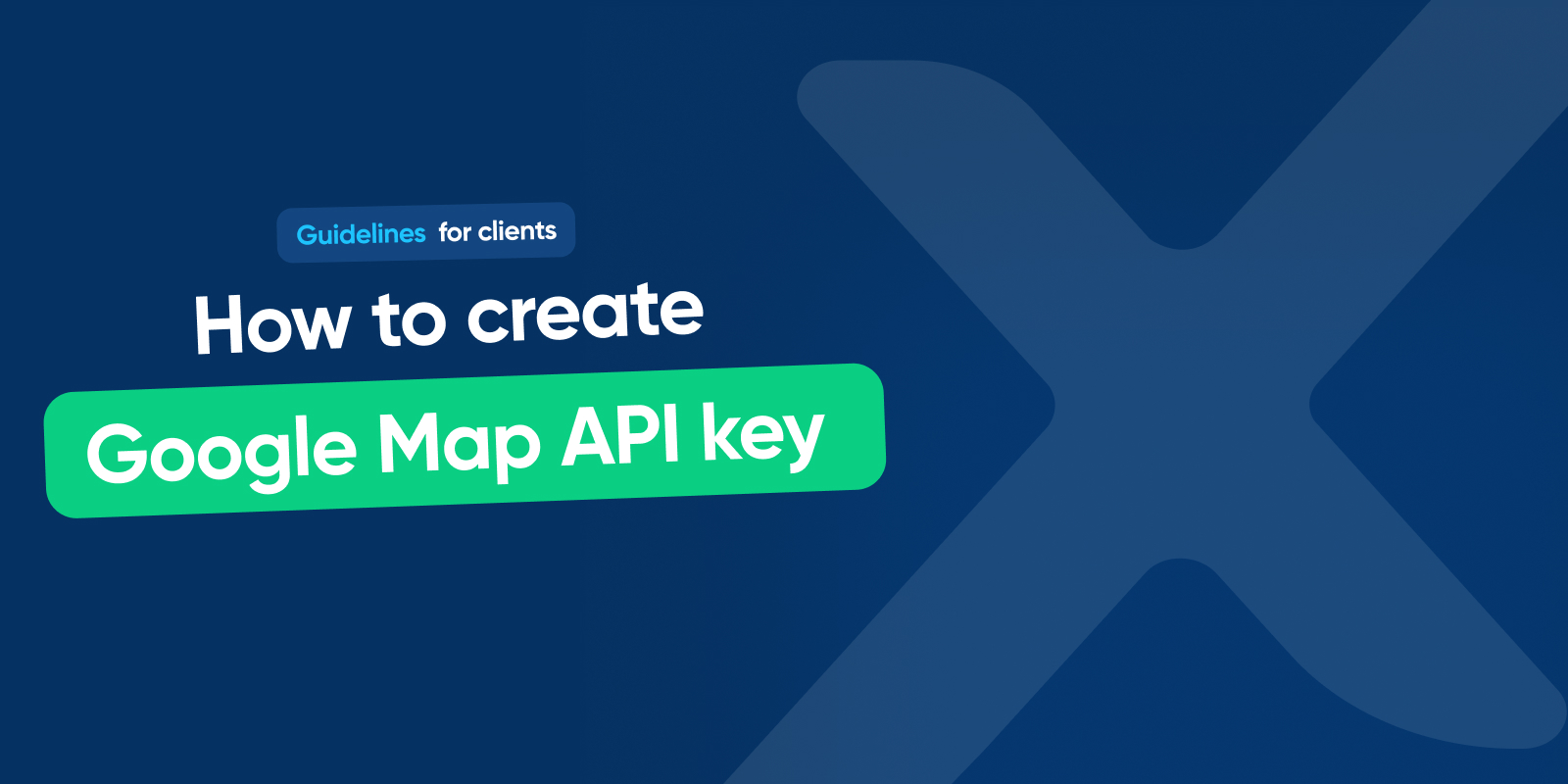
Web app development is a complex and intricate process that requires careful planning, design, and implementation. In this step-by-step guide, we will take you through the entire journey of developing a web app, from understanding the basics to testing its functionality and usability. By the end of this guide, you will have a solid foundation for developing your own web app.
Understanding the Basics of Web App Development
Before diving into the development process, it is essential to have a clear understanding of what web app development entails. Web app development is the creation of software applications that run on web browsers. Unlike traditional desktop applications, web apps are accessible from any device with an internet connection, making them highly versatile and user-friendly.
Web app development is a complex and multifaceted process that requires a combination of technical skills and creative thinking. It involves the use of programming languages, frameworks, and libraries to build interactive and dynamic web applications. Developers must have a solid understanding of HTML, CSS, and JavaScript, as well as other technologies like databases, APIs, and server-side languages.
Defining Web App Development
At its core, web app development involves the creation of both the front-end and back-end components of a web application. The front-end, also known as the client-side, focuses on the user interface and user experience design. This includes designing and implementing the layout, visual elements, and interactive features that users interact with.
On the other hand, the back-end, or server-side, handles the processing of data and communication with the web server. It involves writing server-side code that interacts with databases, handles user authentication, and performs other server-side operations. This part of web app development is crucial for ensuring the security, performance, and scalability of the application.
Web app development also involves the integration of various third-party services and APIs. This allows developers to leverage existing tools and functionalities, such as payment gateways, social media integration, and mapping services, to enhance the functionality and user experience of the web application.
Importance of Web App Development
In today’s digital age, web app development plays a crucial role in enabling businesses to reach a wider audience and provide seamless user experiences. Web apps allow companies to offer their products and services online, automate processes, and gather valuable insights through data analytics.
With the increasing reliance on mobile devices, web app development has become even more important. Responsive web design techniques ensure that web apps adapt to different screen sizes and devices, providing a consistent and optimized experience for users on smartphones, tablets, and desktop computers.
Furthermore, web apps can be easily updated and scaled to meet the evolving needs of users. Unlike traditional software applications that require manual updates and installations, web apps can be updated in real-time, ensuring that users always have access to the latest features and improvements. This flexibility allows businesses to stay competitive and respond quickly to changing market demands.
In conclusion, web app development is a dynamic and ever-evolving field that requires a combination of technical skills, creativity, and a deep understanding of user needs. It enables businesses to create versatile and user-friendly applications that can be accessed from any device with an internet connection. With the increasing reliance on digital technologies, web app development will continue to play a pivotal role in shaping the future of software applications.
Pre-Development Stage
Before diving headfirst into the development stage, it is essential to lay a solid foundation for your web app. This stage involves identifying the purpose of your web app and conducting thorough research and planning.
Identifying the Purpose of Your Web App
The first step in the pre-development stage is to clearly define the purpose of your web app. Are you looking to create an e-commerce platform, a social media network, or a productivity tool? Identifying the purpose will help you outline the features and functionalities required for your web app.
When identifying the purpose of your web app, it is important to consider the needs and preferences of your target audience. Are they looking for a convenient way to shop online, a platform to connect with like-minded individuals, or a tool to enhance their productivity? By understanding the specific needs of your target audience, you can tailor your web app to provide a solution that meets their expectations.
Furthermore, it is crucial to consider the unique selling points of your web app. What sets it apart from existing solutions in the market? Is there a particular feature or functionality that makes your web app stand out? By identifying your web app’s unique selling points, you can effectively market and differentiate it from competitors.
Research and Planning
Once you have defined the purpose of your web app, it is crucial to conduct comprehensive research and detailed planning. This involves analyzing the market, studying competitor web apps, identifying target users, and creating a robust project plan. Careful research and planning will mitigate risks and ensure a smoother development process.
Market research is an essential step in understanding the current landscape and trends within your industry. By analyzing the market, you can identify potential opportunities, gaps, and challenges that may impact the success of your web app. This research will also help you gain insights into consumer behavior, preferences, and expectations.
Studying competitor web apps is another crucial aspect of the pre-development stage. By analyzing your competitors, you can identify their strengths and weaknesses, learn from their successes and failures, and find opportunities to differentiate your web app. This research will also help you understand the features and functionalities that users expect from similar web apps.
Identifying target users is an important step in creating a user-centered web app. By understanding the demographics, preferences, and behaviors of your target audience, you can design a user interface and user experience that resonates with them. This will ultimately lead to higher user engagement, satisfaction, and retention.
Creating a robust project plan is the final step in the pre-development stage. This plan should outline the timeline, budget, resources, and milestones of your web app development process. It should also include a detailed breakdown of tasks and responsibilities, ensuring that everyone involved in the development process is aligned and aware of their roles.
In conclusion, the pre-development stage is a crucial phase in the web app development process. By clearly defining the purpose of your web app, conducting comprehensive research, and creating a robust project plan, you can lay a solid foundation for a successful development journey.
Designing Your Web App
With a clear understanding of the basics and a solid foundation in place, it is time to focus on the design aspect of your web app. This stage involves creating an intuitive user interface and a seamless user experience.
User Interface and User Experience Design
The user interface (UI) design is the visual representation of your web app. It encompasses the layout, color scheme, typography, and overall aesthetics. The user experience (UX) design, on the other hand, focuses on how users interact with the web app. UX design aims to make the user journey smooth, intuitive, and enjoyable.
Wireframing and Prototyping
Before diving into the actual development, it is essential to create wireframes and prototypes of your web app. Wireframes are low-fidelity visual representations that outline the structure and hierarchy of the interface. Prototypes, on the other hand, are interactive mockups that allow users to navigate through the web app. These early-stage designs help validate your ideas and gather feedback before investing time and resources into development.
Development Stage
With the planning and design stage complete, it is time to embark on the development of your web app. This stage involves building both the front-end and back-end components of your web application.
Front-End Development
The front-end development focuses on building the user-facing aspects of your web app. This includes writing HTML, CSS, and JavaScript code to create the interactive and visually appealing elements that users interact with. Front-end frameworks such as React, Angular, and Vue can accelerate the development process and enhance the user experience.
Back-End Development
The back-end development involves building the server-side components of your web app. This includes writing server-side code, configuring databases, implementing APIs, and ensuring seamless communication between the front-end and back-end. Popular programming languages for back-end development include Python, Node.js, Ruby, and PHP.
Testing Your Web App
Now that your web app has been developed, it is crucial to thoroughly test its functionality and usability. This stage involves conducting functional testing to ensure that all features and functionalities are working as intended, as well as usability testing to gather feedback from real users.
Functional Testing
Functional testing involves systematically testing each feature and functionality of your web app to identify any bugs, errors, or issues. This includes checking form submissions, user authentication, database interactions, and overall system performance. Automated testing frameworks can help streamline this process and ensure comprehensive test coverage.
Usability Testing
Usability testing focuses on gathering feedback from real users to assess the user experience of your web app. This can be done through user surveys, observations, and interviews. Usability testing helps identify any usability issues, user interface improvements, or areas for optimization, making your web app more user-friendly and intuitive.
In conclusion, developing a web app involves a systematic and well-structured approach. By understanding the basics, conducting thorough research and planning, designing an intuitive user interface, and implementing robust functionality, you can create a successful web app that meets the needs of your target users. Remember to thoroughly test your web app to ensure its functionality and usability, and continuously iterate and improve based on user feedback. With dedication and attention to detail, you can develop a web app that stands out in the digital landscape.


